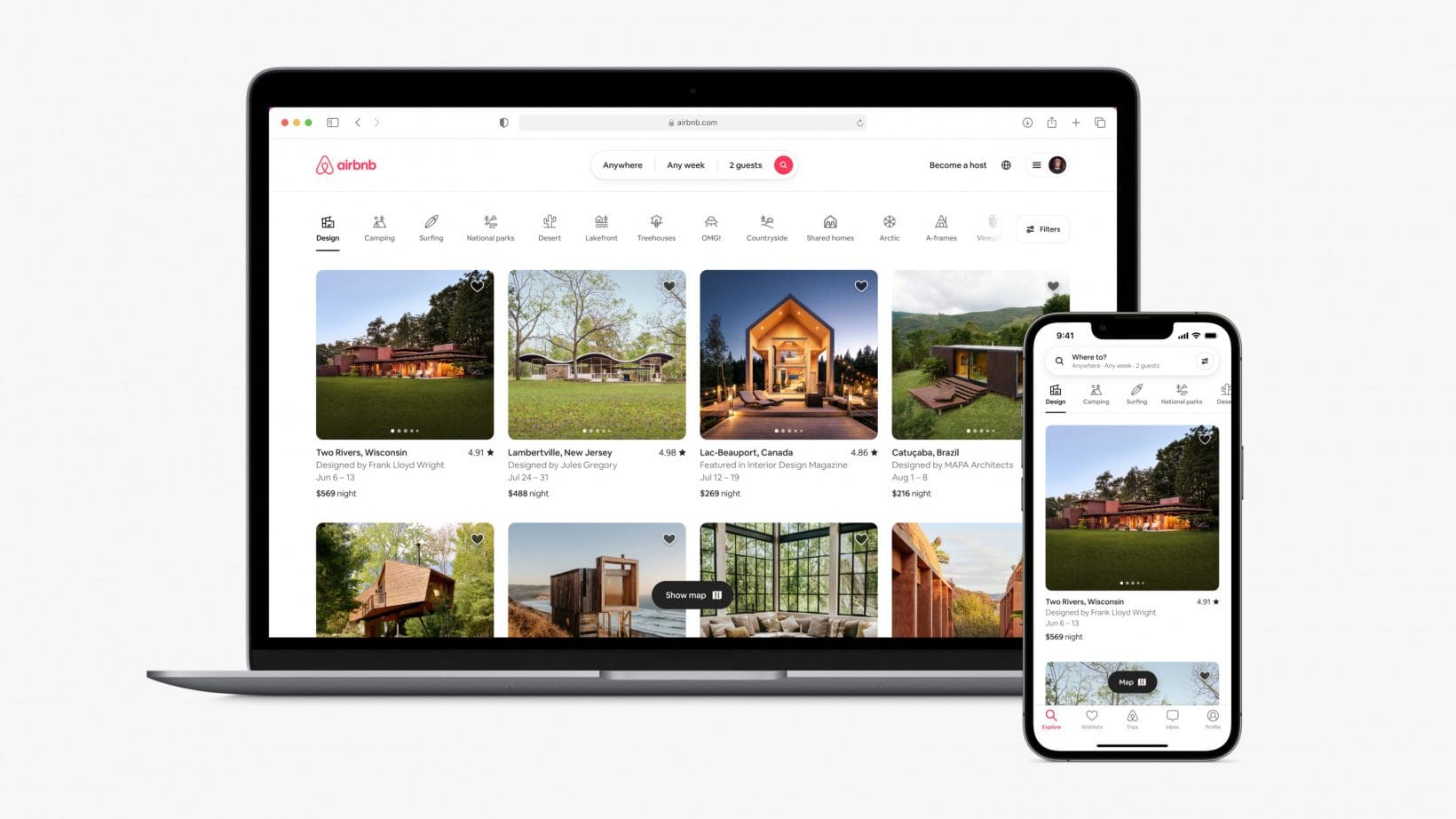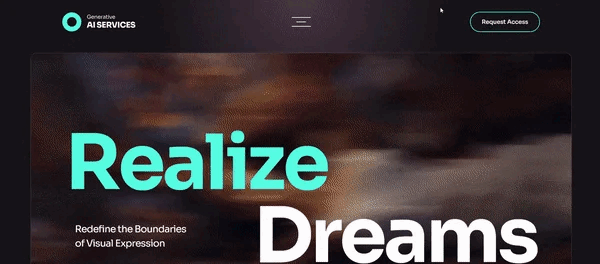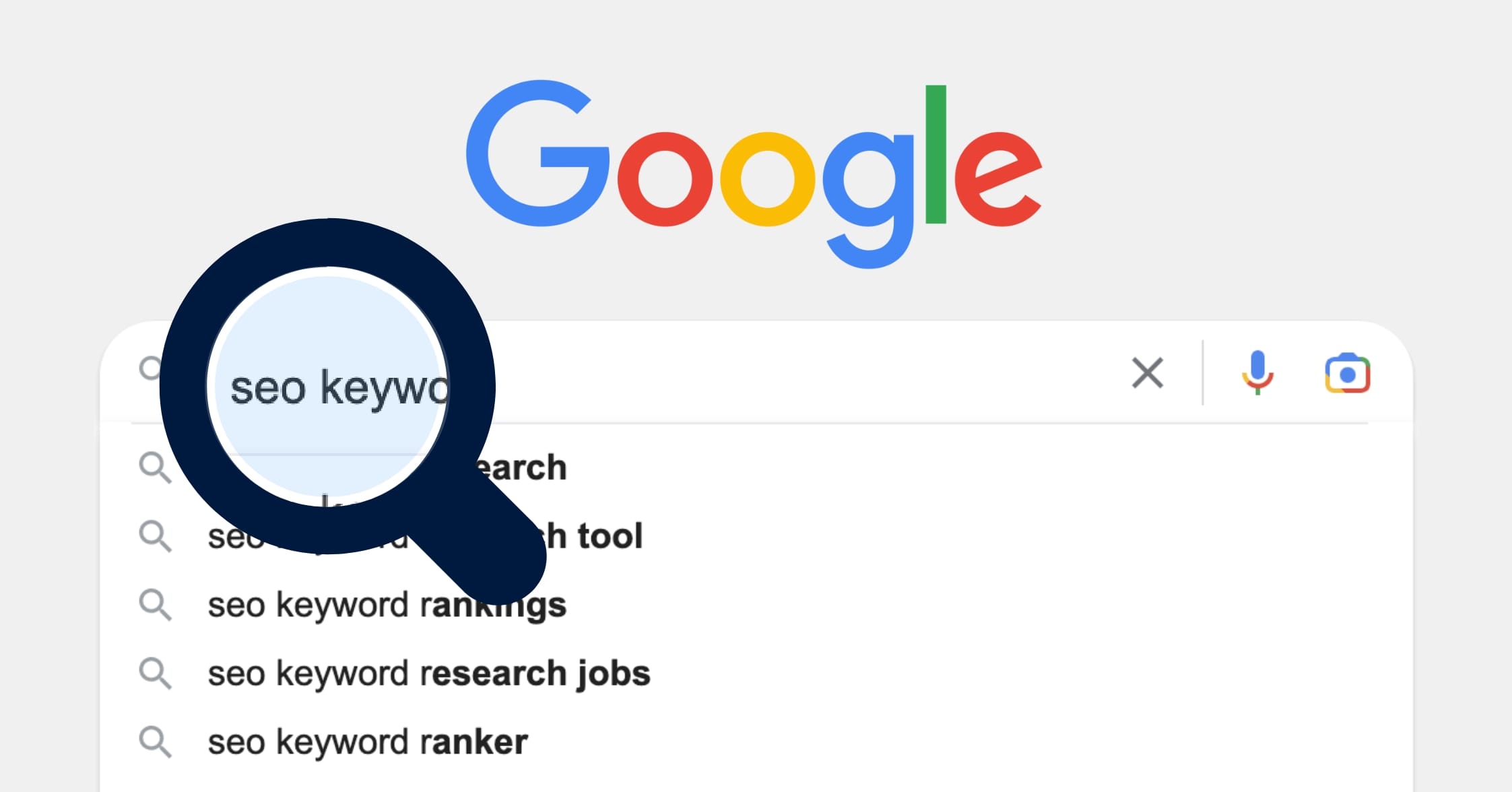In the dynamic world of digital marketing, integrating SEO best practices with web design is crucial for enhancing your online visibility and attracting more organic traffic. Business owners, marketers, and startup founders must understand how to seamlessly blend these two elements to create a powerful and effective online presence. This blog post will provide insights on navigating the intersection of SEO and web design, offering practical strategies to optimize your website for search engines while delivering an exceptional user experience.
Why SEO and Web Design Must Work Together
SEO (Search Engine Optimization) and web design are often viewed as separate disciplines, but they are intrinsically linked. A well-designed website that is not optimized for search engines will struggle to attract organic traffic, while an SEO-friendly website that lacks good design will fail to engage visitors. Here’s why integrating SEO and web design is essential:
Enhanced User Experience: SEO and web design both prioritize the user experience. A well-designed website with intuitive navigation, fast loading times, and mobile responsiveness will keep visitors engaged, which positively impacts your SEO rankings.
Increased Visibility: SEO ensures that your website is easily discoverable by search engines. By incorporating SEO best practices into your web design, you can improve your site’s visibility and attract more organic traffic.
Better Conversion Rates: A website that is both visually appealing and optimized for search engines is more likely to convert visitors into customers. Good design builds trust, while SEO drives targeted traffic.
Key Elements of SEO-Friendly Web Design
To successfully integrate SEO with web design, you need to focus on several key elements. Here are some strategies to help you get started:
Mobile Responsiveness
With the increasing use of mobile devices, having a mobile-responsive website is no longer optional. Google prioritizes mobile-friendly websites in its search results, making it crucial for SEO.
Responsive Design: Ensure your website uses a responsive design that adjusts to different screen sizes and devices. This improves the user experience and helps with SEO rankings.
Mobile-First Indexing: Google now uses mobile-first indexing, meaning it primarily uses the mobile version of your site for ranking and indexing. Make sure your mobile site is fully optimized.
For inspiration, explore top agency web design examples that prioritize mobile responsiveness.

Site Speed
Website loading speed is a critical factor for both user experience and SEO. Slow-loading websites frustrate users and lead to higher bounce rates, which can negatively impact your search rankings.
Optimize Images: Compress images to reduce their file size without compromising quality. Use tools like TinyPNG or ImageOptim.
Minimize HTTP Requests: Reduce the number of elements on your page to minimize HTTP requests. Combine CSS and JavaScript files where possible.
Leverage Browser Caching: Enable browser caching to store static files on users’ devices, reducing load times for returning visitors.
Check out best service website design companies that excel in optimizing site speed.
Clean and Simple Navigation
Intuitive and straightforward navigation helps users find what they’re looking for quickly and easily. It also aids search engines in crawling and indexing your site.
Clear Menu Structure: Use a clear and logical menu structure with descriptive labels. Avoid using too many menu items, as this can overwhelm users.
Breadcrumbs: Implement breadcrumb navigation to help users understand their location on your site and improve internal linking.
Internal Links: Use internal links to connect related content and guide users through your site. This also helps search engines understand the structure of your website.
Discover cool creative websites that prioritize clean and simple navigation.

Keyword Optimization
Incorporate relevant keywords into your website content, metadata, and URLs to improve your search engine rankings. However, avoid keyword stuffing, as this can lead to penalties.
Title Tags and Meta Descriptions: Optimize your title tags and meta descriptions with target keywords. Ensure they are compelling and accurately describe the content.
Header Tags: Use header tags (H1, H2, H3) to structure your content and include keywords where appropriate. This helps search engines understand the hierarchy of your content.
URL Structure: Create clean and descriptive URLs that include relevant keywords. Avoid using generic URLs with random characters.
Explore best corporate website design examples that effectively use keyword optimization.

Quality Content
High-quality, relevant content is the cornerstone of SEO. It attracts visitors, encourages engagement, and signals to search engines that your site is valuable.
Blogging: Regularly publish blog posts on topics relevant to your audience. This keeps your site fresh and provides opportunities to target different keywords.
Multimedia Content: Incorporate images, videos, infographics, and other multimedia content to enhance the user experience and keep visitors engaged.
User-Generated Content: Encourage user-generated content, such as reviews and comments, to increase engagement and provide fresh content for search engines to index.
Check out best business websites design that excel in creating quality content.
Real-World Examples
To see the successful integration of SEO and web design in action, explore the portfolios of top web design and development agencies. These agencies have mastered the art of blending SEO best practices with exceptional design to create websites that are both visually appealing and highly optimized for search engines.
Conclusion
Navigating the intersection of SEO and web design is essential for creating a website that attracts organic traffic and delivers an exceptional user experience. By focusing on mobile responsiveness, site speed, clean navigation, keyword optimization, and quality content, you can enhance your website’s visibility and drive better results.
Ready to integrate SEO with your web design? Partner with a top-tier web design agency in the USA to create a website that not only looks stunning but also ranks high on search engines. Explore your options and discover the transformative power of combining SEO and web design today.

